How to Design a Tooling Mold for Bushing with Internal Threads: A Practical Approach for Low-Volume Production
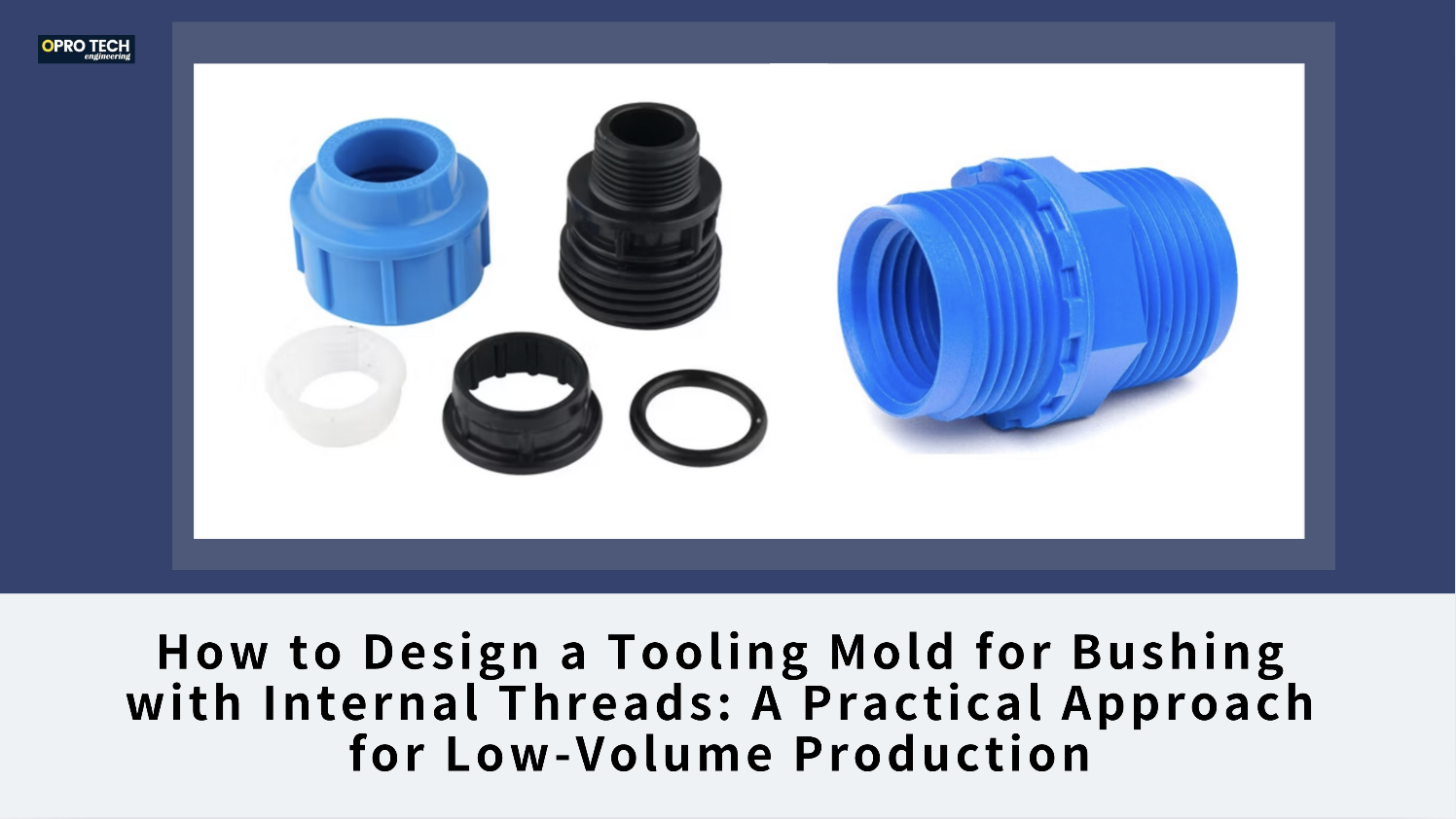
In tooling and injection molding, creating a bushing with internal threads is a common yet challenging task. The complexity increases when dealing with low-volume production runs, where the cost of advanced automated solutions, like unscrewing mechanisms, may not be justified. In this article, we'll explore a simple, effective solution for molding bushings with internal threads using an interchangeable insert method—a practical choice for small batch runs.
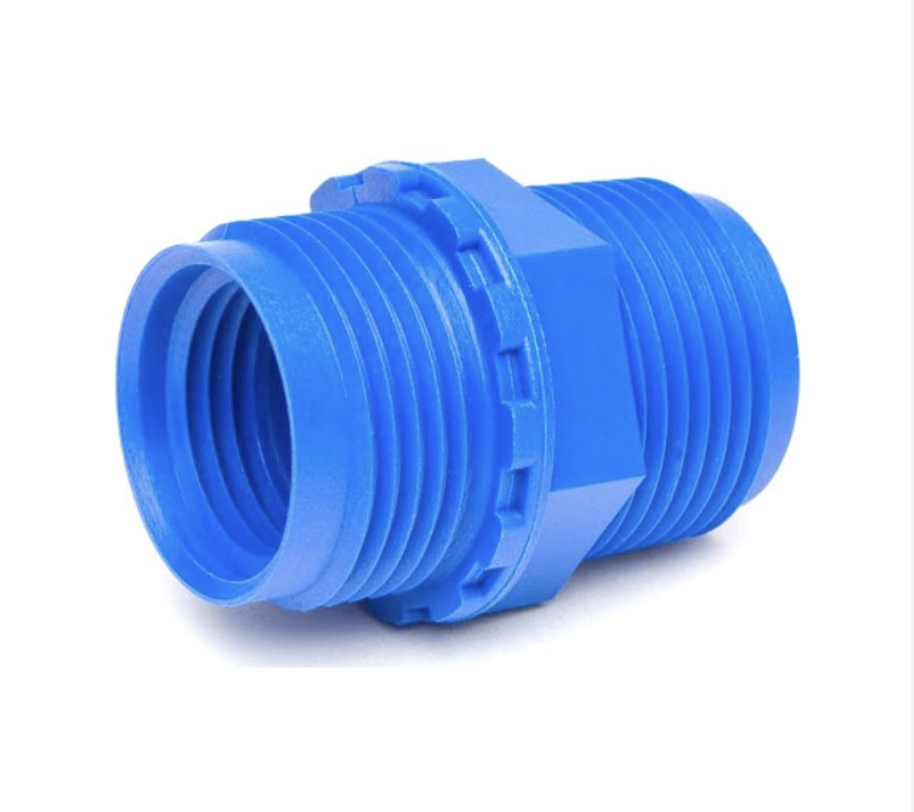
Understanding the Challenges of Molding Internal Threads
Molding parts with internal threads requires special attention to mold design. The traditional challenge is that the internal thread must remain intact while being ejected from the mold. In typical high-volume applications, automated unscrewing cores or collapsible cores might be used, but these are expensive and not cost-effective for smaller production quantities.
The Interchangeable Insert Solution
For low-volume production, an interchangeable insert can offer a cost-effective and straightforward solution. The concept involves molding the bushing around a threaded insert, which is placed into the mold before injection. The process follows these steps:
- Placing the Threaded Insert: The interchangeable insert is placed manually into the mold cavity. The insert is specifically designed to form the internal thread in the plastic bushing during the injection molding process.
- Injection Molding Process: During the injection molding cycle, plastic material is injected into the cavity, surrounding the threaded insert. This forms the bushing while the insert shapes the internal thread. Once the material cools and solidifies, the bushing has a precise internal thread as formed by the insert.
- Ejection of the Part: Once the mold cools, the mold opens, and the bushing part, along with the insert, is ejected as one unit.
- Manual Insert Removal: After ejection, the insert is manually removed from the plastic part. The insert can then be reused for the next molding cycle.
- Repeat Process: The mold can then be loaded with the same insert again to create another part, and the process is repeated for subsequent cycles.
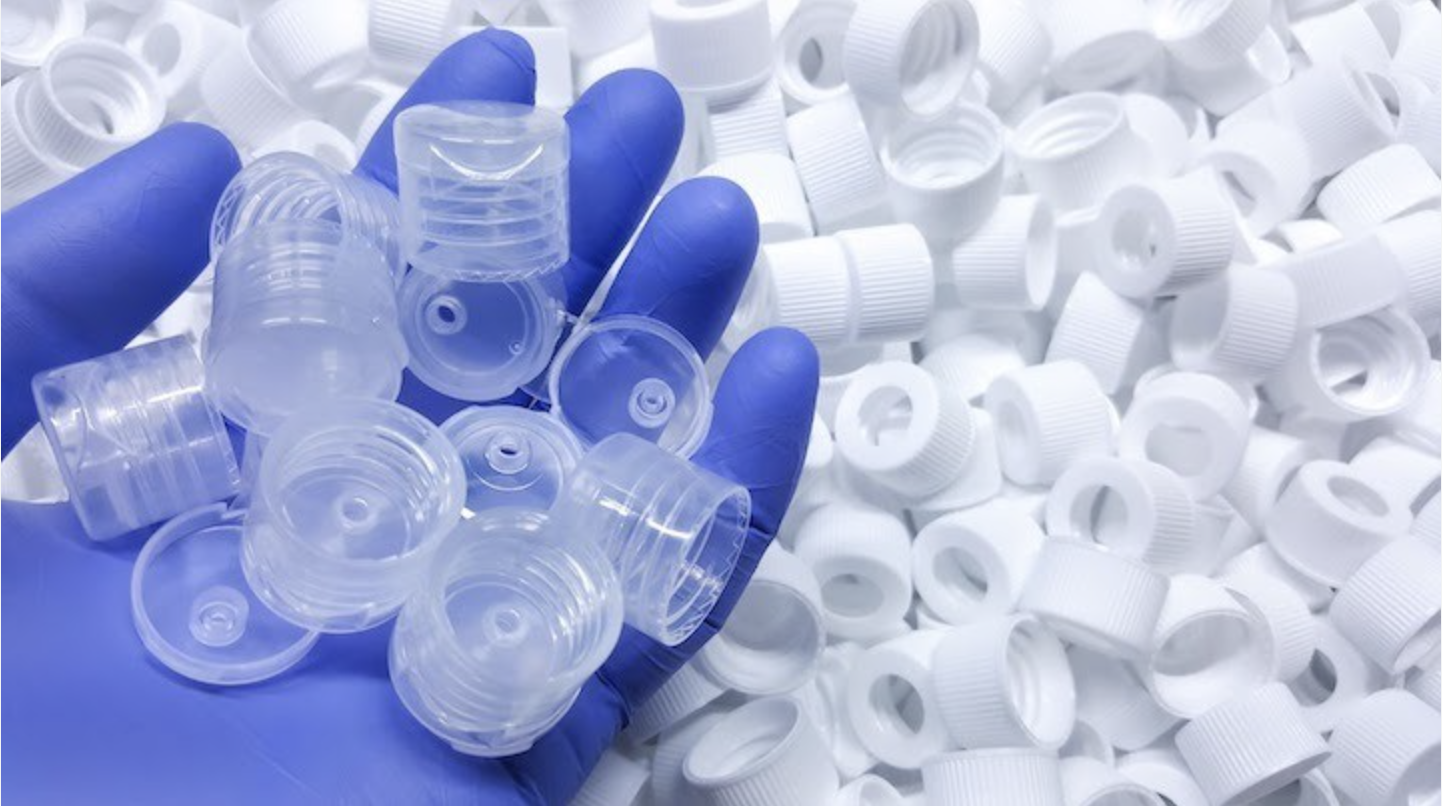
Advantages of the Interchangeable Insert Method
This method offers several advantages, especially for small batch or prototype runs:
- Cost-Effective: Unlike complex unscrewing or collapsible core systems, using an interchangeable insert reduces tooling costs significantly.
- Simplicity: The design and operation are straightforward, requiring minimal mechanical components, which makes it ideal for low-volume production.
- Flexibility: The insert can be easily swapped out for different sizes or thread types, allowing for multiple variations of the bushing to be produced with minimal changes to the mold.
- Quick Turnaround: Since no complex machinery or automation is required, cycle times are shorter, making it easier to keep up with smaller production runs.
Design Considerations for the Insert System
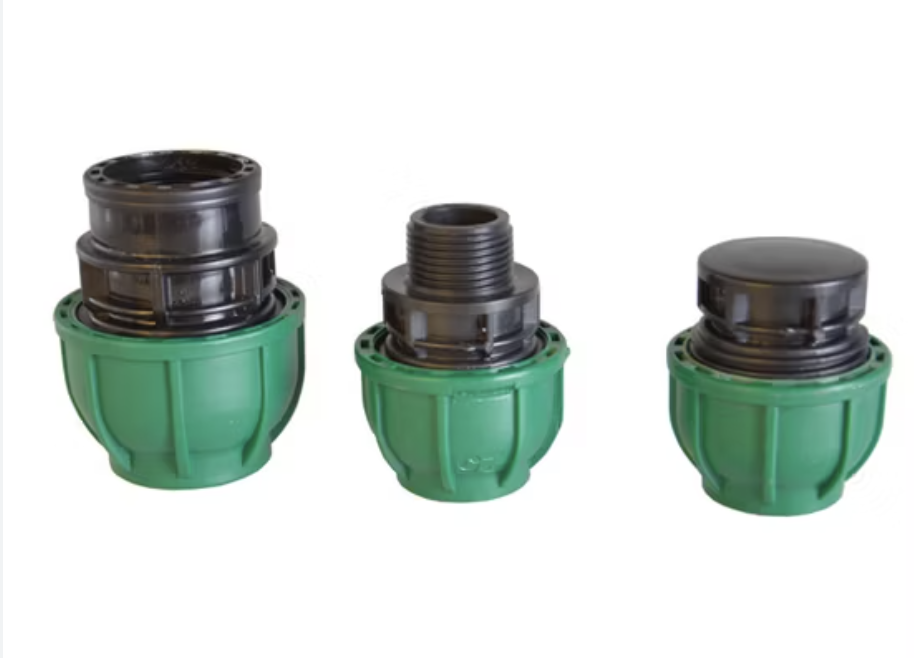
While the interchangeable insert method is simple, there are a few key design considerations to ensure the system works effectively:
- Insert Alignment: The insert must be positioned precisely within the mold cavity. Any misalignment can result in defects like flash or malformed threads. Ensure the insert has proper alignment features such as pins or keying to prevent shifting during injection.
- Insert Material Selection: The insert should be made of a material that can withstand the high temperatures and pressures of the molding process. Inserts are typically made from hardened steel to ensure longevity and prevent wear, especially when working with abrasive or filled plastics.
- Release Aids: To facilitate the removal of the insert from the plastic part, the insert surface can be treated with a release agent or coating (like Teflon) to reduce friction. Textured surfaces or slight draft angles can also make the process smoother.
- Thread Precision: The insert should be designed with the right thread type, pitch, and depth to match the product’s specifications. Ensure the threads are sharp and clean to achieve the desired functionality.
- Insert Handling: The ease of removing the insert after each cycle is crucial. Consider how the insert will be handled. Some designs allow for the use of manual spanners or specialized tools for faster insert removal.
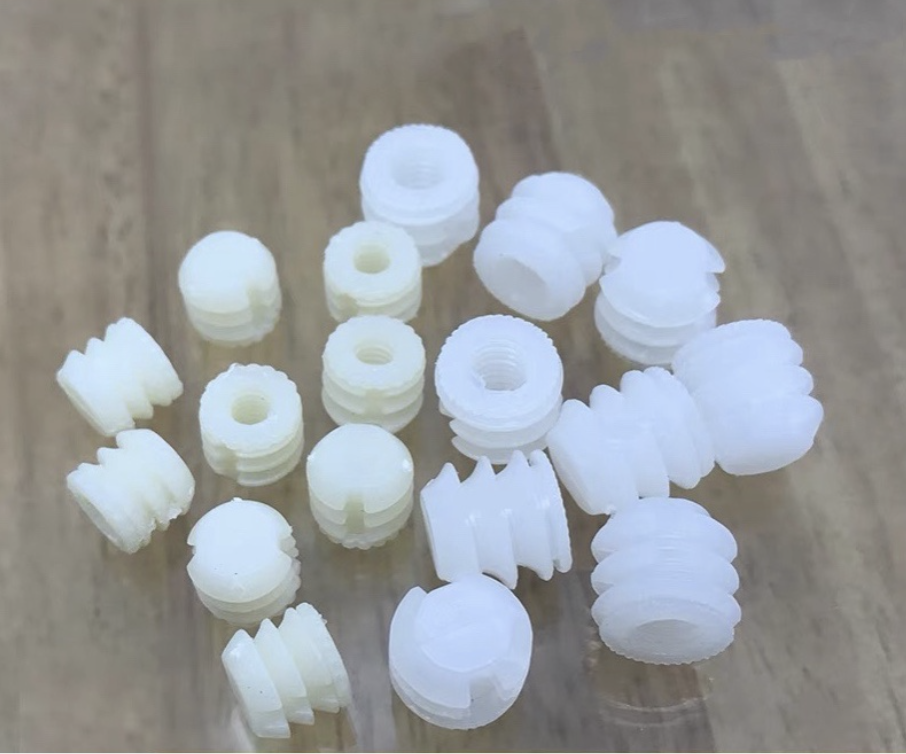
Challenges and Solutions
Even with this simple solution, there are a few challenges to consider:
- Insert Wear: Over time, the insert may experience wear from repeated cycles. Regular inspection and potential replacement of the inserts can help manage this issue.
- Tight Fit: If the plastic material shrinks too tightly around the insert, it may become difficult to remove. This can be addressed by ensuring proper mold draft angles or using a mechanical assist for removal.
- Cycle Time: While this method is fast compared to more complex unscrewing mechanisms, the manual handling of the insert can slow down the process slightly. However, with careful planning, the cycle time can still be optimized.

The interchangeable insert method is an ideal solution for low-volume production of bushings with internal threads. By utilizing this simple yet effective design, manufacturers can produce high-quality threaded bushings without the need for complex unscrewing mechanisms or expensive tooling. This approach offers flexibility, cost savings, and faster production times, making it an excellent choice for small batch runs and prototyping.
Whether you're working with prototypes or low-quantity production, this method can help you meet your manufacturing needs efficiently and affordably. Always remember that careful mold design and precise insert handling are key to ensuring the success of this approach.
Dan
Factory add: No 39, Zhen an west road, Changan town , Dong guan city, China.